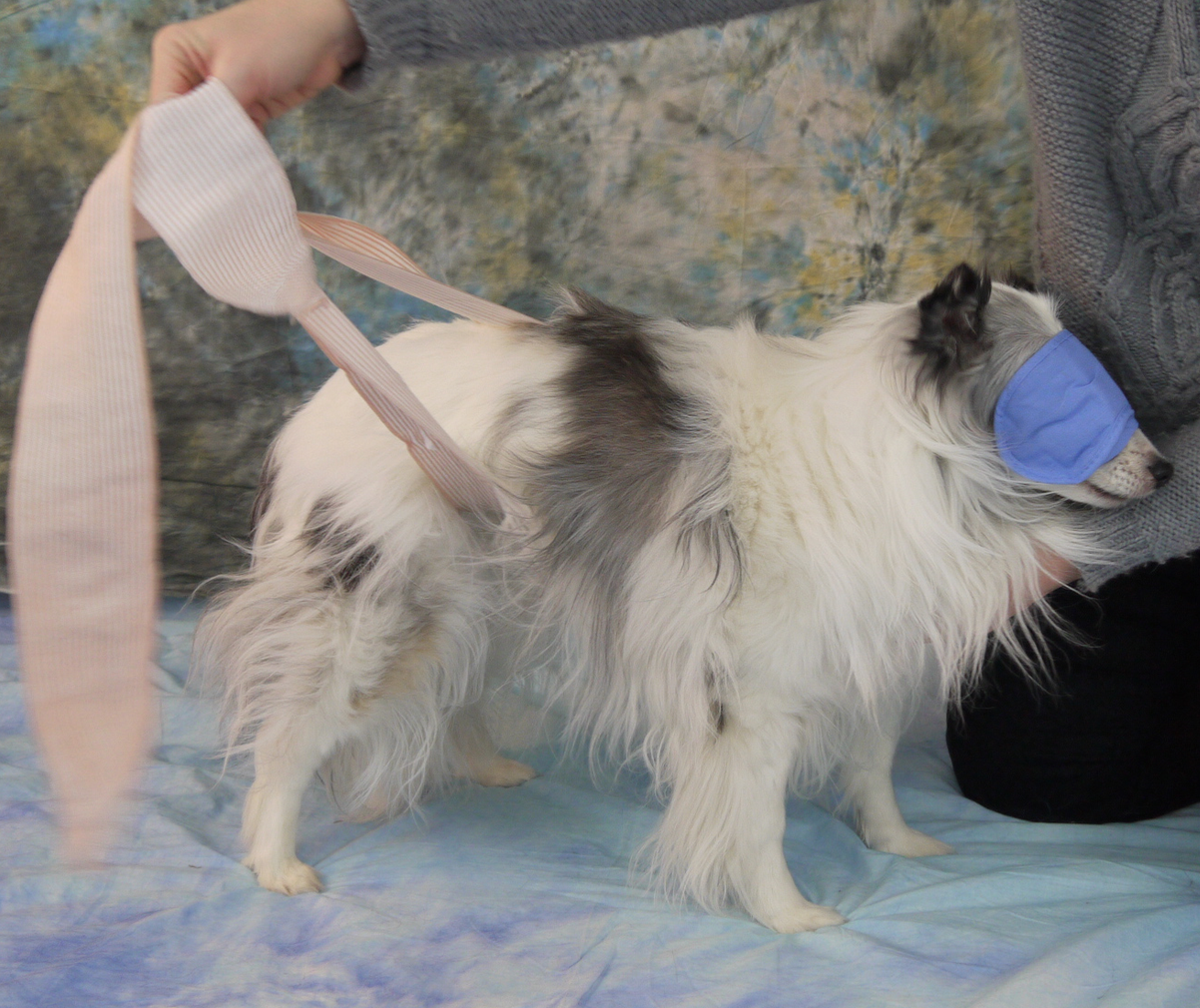Laurie's Blogs.
Mar 2024
Vestibular Dogs and Return to Sport – PART 2

First off, please be sure to read Part 1 of this blog series ( https://www.fourleg.com/Blog?b=661 ), so that you can be up to date on the various conditions associated with canine peripheral vestibulitis. A couple of very interesting publications have looked into the various differentials associated with the condition. I tend to default to idiopathic geriatric vestibulitis. Fortunately, according to the literature, that is most likely the case in the majority of cases. However, as rehab practitioners, we need to be aware of the other conditions and causes as well, since they might not respond to treatment as we would hope.
Now, let’s back up and get to the question at hand, “What can be done to help a dog return to sport following and an episode of peripheral vestibulitis?”
1. The cause for the vestibulitis is key. Idiopathic geriatric vestibulitis (IGV) and otitis media and/or interna are the conditions that are most likely to have a potentially successful return to sport.
2. For the IGV, you will want to login to FourLeg and watch all of the videos pertaining to the treatment of this conditions:
Video Training 10: Idiopathic Geriatric Canine Vestibulitis
Video Training 107: Canine Vestibulitis
Video Training 108: Rehab Therapy for Vestibulitis
Video Training 161: UPDATED - Background & Assessment of BPPV - Vestibulitis
Video Training 162: UPDATED - Treatment of BPPV - Vestibulitis
Video Training 163: Vestibular Rehab - After the Epley
Video Training 168: Vestibulitis 'left overs'
3. For an inner ear infection, my job as a rehab therapist is to ensure that the owner is compliant with the veterinary instructions (i.e. giving the antibiotics) and that dog is improving and not regressing with treatment and/or when the course of antibiotics is completed.
Then what?
Well, the next thing I would say is go back to the last two videos mentioned above – the Vestibular Rehab – After the Epley, and Vestibulitis ‘left overs’ for some additional ideas.
What will be imperative for return to sport is balance. A dog that loses balance when going over a dog walk is not safe, or turning on the flyball box, or being in water retrieving a bird. Balance will be important.
The three systems that contribute to balance are the vestibular system, the visual system, and the proprioceptive (sensory nerves) system. If we want to retrain the vestibular system, then you want to remove one of the other systems.
A) Removing the visual system. With the dog blindfolded, work on a variety of balancing tasks. Lying, sitting, standing on an inflatable object that can be manipulated to challenge balance can help to retrain the vestibular system (as well as the sensory system). Progress to movement with a blindfold (i.e. following a treat with a blindfold on or walking on a treadmill with a blindfold on.)
B) Swimming might actually be another way to improve the vestibular system, since the peripheral sensory system doesn’t take in as much feedback in a reduced gravity environment. We’ve seen dogs recovering from balance issues due to a deep inner ear infection challenged to remain horizontal when swimming. Naturally the caveat is, that the ear infection needs to be cleared up, a person should be in the pool with the dog to provide support, and a floatation device (especially in the early stages) worn to help keep the dog ‘right way up’!
These two thing are a good for challenging and training the vestibular system. Next, we need to engage in return to sport activities. Acceleration, deceleration, and fast turns are the points at which an optimally functioning vestibular system would be required, and where a deficit in vestibular function might show up on testing. Ideas to test and train:
• Short retrieves progressing to farther retrieves
• Send on a ‘go out’
• Figure of 8 exercises
• Keep away games
• Tug of war with turns from side to side
• Short jumps progressing to higher jumps or wider jumps
Lastly, when looking to return to sport, start in practice with a simple course. It is beneficial to have someone video some practice runs that can be evaluated in slow motion. Watch for footing, stutter stepping, weakness, balance issues, etc.
I’d further recommend watching Video Training 211: Return to Sport Testing Case Study and the companion document, Canine Athlete Considerations: Return To Sport Testing Checklist.
If all is good, then continue to build up training again. Start slow (like a novice dog) and build from there.
Hopefully this give you, as a therapist, some ideas for counselling your client on how to return to sport after a vestibular episode!
Until next time… Cheers!
Laurie


